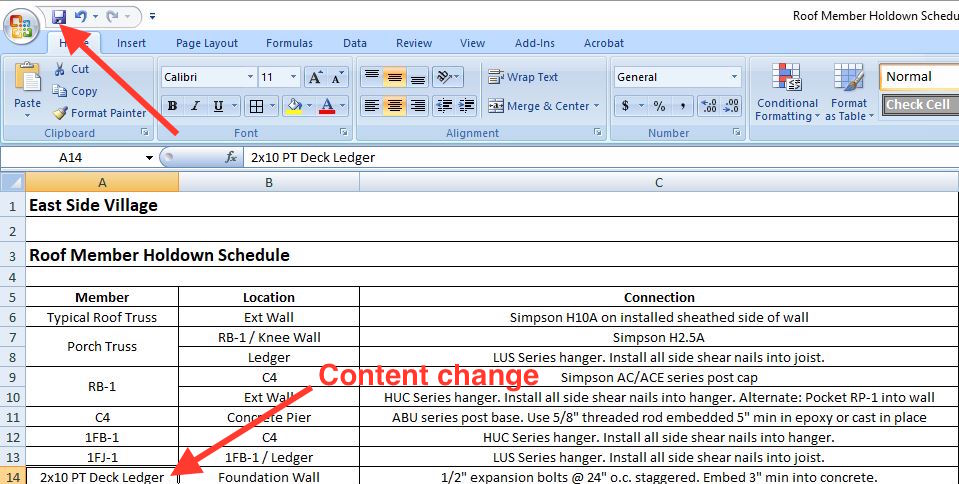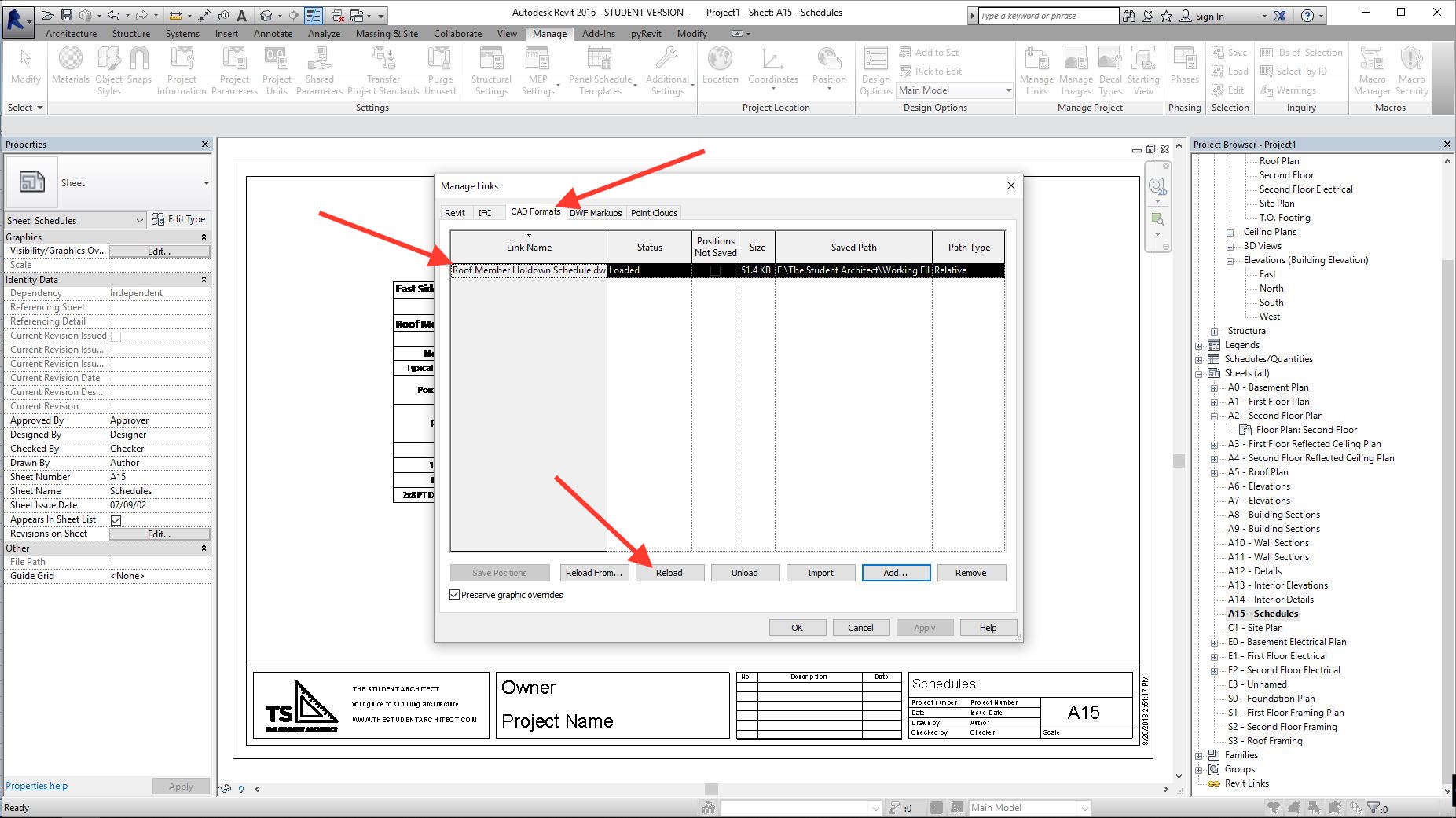Make Best Use Of Performance with Top-Rated Revit Plugins
Wiki Article
Excel-to-Revit: A Game-Changing Process for Architectural Layout - Unveiling the Tricks
Are you tired of costs hours on building layout? Look no further! Introducing excel-to-revit, the game-changing process that will certainly change your style process. With excel-to-revit combination, you can enhance your building layout, unlock performance, and make the most of partnership within your team. In this post, we will reveal the secrets of this powerful tool, revealing you how it can change your layout jobs. Get prepared to take your building layout to the following level with excel-to-revit!The Power of Excel-to-Revit Assimilation

Envision the ease of being able to edit and upgrade job data in Excel, and instantly see those adjustments reflected in your Revit model. Say goodbye to hands-on data entry or tiresome updates. With Excel-to-Revit integration, you can save time and minimize errors by leveraging the power of Excel's solutions and functions to immediately generate accurate data in Revit.
Not only does this integration improve effectiveness, but it also enhances collaboration amongst employee. You can quickly share Excel documents with colleagues, that can after that import the data into their Revit models. This advertises a smooth exchange of details and ensures that everyone is collaborating with the most current data.

Improving Architectural Layout With Excel-To-Revit
Streamlining building style is simplified with making use of Excel-to-Revit (revit plugins). With this powerful combination, you can optimize your workflow and conserve important time throughout the style procedure. By leveraging the capabilities of Excel and Revit, you can flawlessly move information in between both platforms, removing the demand for hands-on information entry and minimizing the threat of mistakesExcel-to-Revit permits you to import and export data easily, allowing you to easily upgrade and customize your building styles. You can develop routines, determine quantities, and generate reports in Excel, and then transfer that data directly right into your Revit version. This assimilation makes sure that your layout information is constantly updated and synchronized, removing the requirement for hands-on updates and decreasing the possibilities of inconsistencies.
By utilizing Excel-to-Revit, you can additionally make use of the effective computational capacities of Excel. You can do intricate calculations, evaluate data, and automate repeated tasks, all within Excel. After that, with simply a couple of clicks, you can import the results back into Revit, permitting you to make educated style choices and enhance your architectural designs.
Opening Effectiveness: Discovering the Excel-to-Revit Process
Optimize your performance by effortlessly incorporating Excel and Revit for a much more efficient workflow. With the Excel-to-Revit process, you can unlock a whole brand-new degree of performance in your architectural design process. By using the power of Excel's data monitoring capacities and combining it with the adaptability and precision of Revit, you can simplify your layout process and save valuable time.One of the vital benefits of this assimilation is the capacity to import and export information between Excel and Revit. This means that you can conveniently move task info, such as space schedules or material quantities, from one software to the various other, getting rid of the demand for hand-operated data entrance and reducing the possibilities of mistakes. You can additionally produce custom solutions and calculations in Excel to automate recurring tasks and carry out complicated estimations, which can after that be seamlessly integrated into your Revit versions.
In Addition, the Excel-to-Revit process enables much better sychronisation and cooperation between team members. With Excel acting as a central information center, numerous employee can work with various aspects of the task all at once, upgrading and sharing details in real-time. This not only enhances communication but additionally ensures that everyone is dealing with one of the most updated data, removing the threat of disparities.
Making Best Use Of Cooperation: Excel-to-Revit for Architectural Teams
By flawlessly integrating Excel and Revit, building groups can greatly enhance collaboration and achieve extra efficient style results. When utilizing this powerful process, you can conveniently transfer information in between Excel spreadsheets and Revit designs, streamlining the style procedure and improving interaction amongst team participants. With Excel-to-Revit integration, you can easily import job information, such as room schedules, material amounts, and job specifications, straight right into Revit, getting rid of the need for manual data entry and decreasing the opportunities of errors. This seamless why not try this out link permits real-time updates, making sure that every person is functioning with the most updated details and staying clear of discrepancies between various records.In addition, by leveraging Excel's effective estimation capacities, you can execute complex estimations and analysis on your layout data, giving beneficial insights and driving informed decision-making. This assimilation also enables you to export data from Revit to Excel, allowing you to develop thorough records, graphes, and charts for discussions and analysis. This collective operations promotes reliable communication and sychronisation among group participants, as Excel works as a central center for data monitoring and sharing.
Overall, by embracing the Excel-to-Revit operations, architectural groups can achieve higher levels of cooperation, efficiency, and precision in their design process. revit add ins. This assimilation encourages groups to interact seamlessly, making sure that everyone is on the exact same page and adding to the success of the job
Introducing the Tricks of Excel-to-Revit Combination

Among the secrets of Excel-to-Revit combination is the capability to utilize the power of solutions and estimations in Excel to drive specifications and create complex geometries in Revit. You can connect Excel spreadsheets to Revit families, enabling you to input information straight into the spread sheet and have it automatically upgrade in the Revit version. This enhances the design procedure and makes sure accuracy and uniformity across the job.
Another secret is the capacity to create custom schedules and records in Excel, utilizing data extracted from Revit. This allows you to picture and examine project information in a method that is not possible within Revit alone. You can easily create quantity liftoffs, expense price quotes, and task timelines, providing important insights for decision-making and job administration.
Additionally, Excel-to-Revit integration enables efficient cooperation among employee. Numerous individuals can work with the exact same Excel spread sheet go to this web-site concurrently, making it easier to coordinate and track modifications. You can additionally make use of Excel's commenting attribute to give responses or connect design modifications.
Final Thought
By incorporating the power of Excel and Revit, architects can now work more efficiently, save time, and create better designs. Start integrating excel-to-revit assimilation into your architectural design procedure try this website today and reinvent the method you work.With just a couple of clicks, you can import the outcomes back right into Revit, enabling you to make enlightened style choices and enhance your building styles.
By making use of the power of Excel's data monitoring capacities and combining it with the adaptability and accuracy of Revit, you can improve your style procedure and save beneficial time.
By seamlessly incorporating Excel and Revit, architectural groups can significantly enhance partnership and accomplish much more reliable design results. When utilizing this powerful process, you can easily transfer information between Excel spread sheets and Revit versions, enhancing the layout procedure and enhancing interaction among group members.Moreover, by leveraging Excel's powerful estimation capacities, you can do intricate calculations and analysis on your layout information, driving and giving important insights notified decision-making.
Report this wiki page